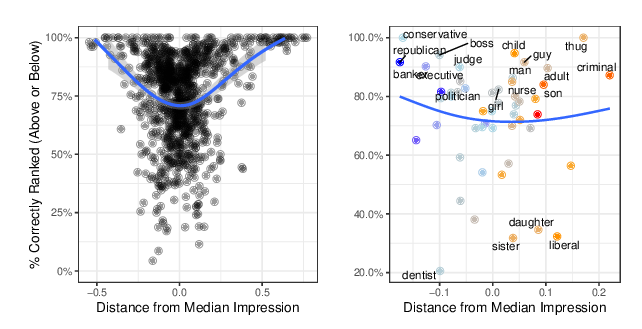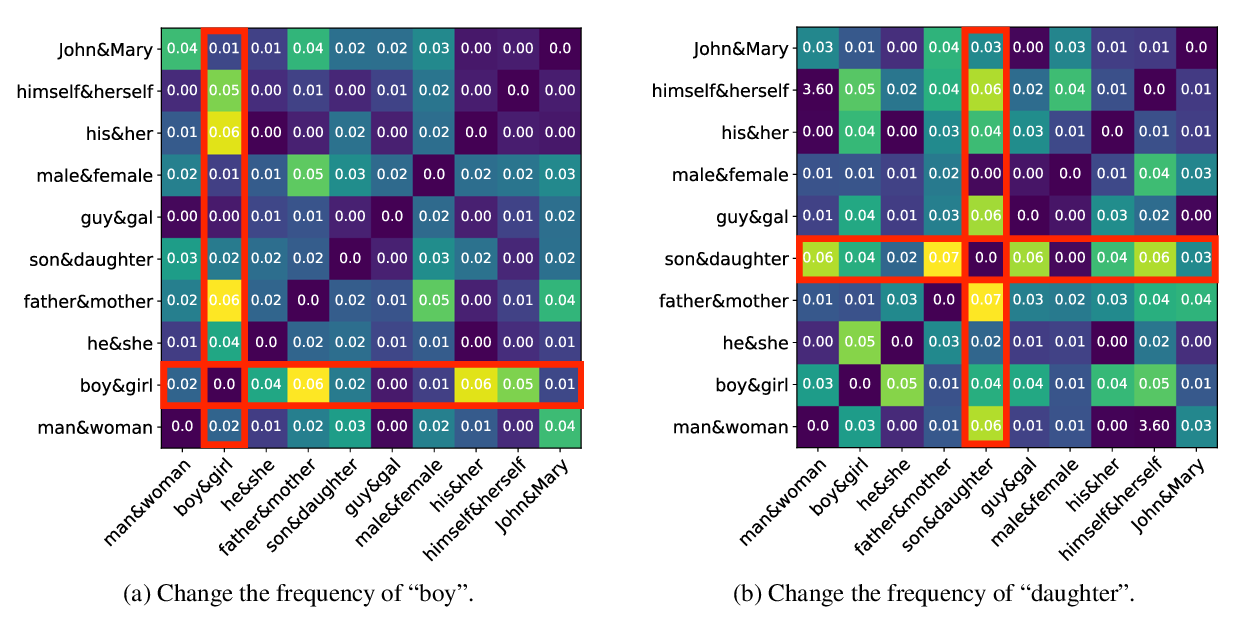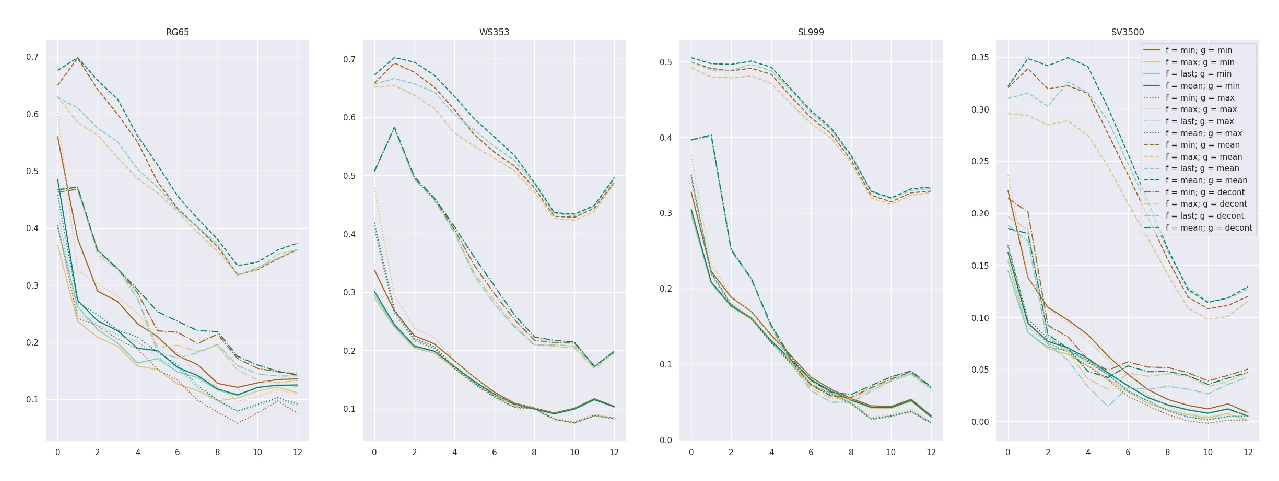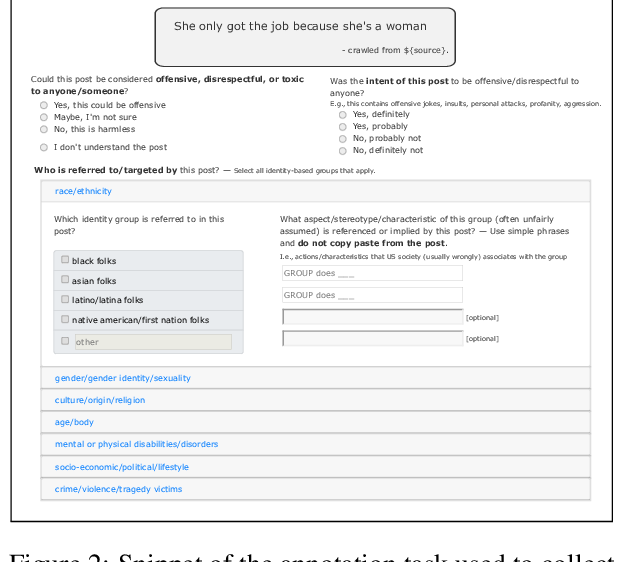Towards Debiasing Sentence Representations
Paul Pu Liang, Irene Mengze Li, Emily Zheng, Yao Chong Lim, Ruslan Salakhutdinov, Louis-Philippe Morency
Ethics and NLP Long Paper
Session 9B: Jul 7
(18:00-19:00 GMT)

Session 10B: Jul 7
(21:00-22:00 GMT)

Abstract:
As natural language processing methods are increasingly deployed in real-world scenarios such as healthcare, legal systems, and social science, it becomes necessary to recognize the role they potentially play in shaping social biases and stereotypes. Previous work has revealed the presence of social biases in widely used word embeddings involving gender, race, religion, and other social constructs. While some methods were proposed to debias these word-level embeddings, there is a need to perform debiasing at the sentence-level given the recent shift towards new contextualized sentence representations such as ELMo and BERT. In this paper, we investigate the presence of social biases in sentence-level representations and propose a new method, Sent-Debias, to reduce these biases. We show that Sent-Debias is effective in removing biases, and at the same time, preserves performance on sentence-level downstream tasks such as sentiment analysis, linguistic acceptability, and natural language understanding. We hope that our work will inspire future research on characterizing and removing social biases from widely adopted sentence representations for fairer NLP.
You can open the
pre-recorded video
in a separate window.
NOTE: The SlidesLive video may display a random order of the authors.
The correct author list is shown at the top of this webpage.
Similar Papers
When do Word Embeddings Accurately Reflect Surveys on our Beliefs About People?
Kenneth Joseph, Jonathan Morgan,

Double-Hard Debias: Tailoring Word Embeddings for Gender Bias Mitigation
Tianlu Wang, Xi Victoria Lin, Nazneen Fatema Rajani, Bryan McCann, Vicente Ordonez, Caiming Xiong,

Interpreting Pretrained Contextualized Representations via Reductions to Static Embeddings
Rishi Bommasani, Kelly Davis, Claire Cardie,

Social Bias Frames: Reasoning about Social and Power Implications of Language
Maarten Sap, Saadia Gabriel, Lianhui Qin, Dan Jurafsky, Noah A. Smith, Yejin Choi,
